A thorough washing keeps your vehicle looking new and will also make it last. But this entails not just washing the body but also taking time to clean and shine the accessories. If you recently installed an aluminum bull bar and are wondering how to clean and polish it, we can help you. We researched this aftermarket accessory in detail so that you'll know for sure what steps to take.
You will be able to clean and polish your aluminum alloy bull bar in a few simple steps. For best results, you will need to:
- Hose off the bull bar
- Dry it
- Apply an approved polish to the bull bar
Now that we know how you can clean and polish an aluminum bull bar, we'll go over each step in greater detail. You might also be curious if bull bars are worth it or if these accessories are legal in every state. For the answers to these questions and more, read ahead in this post to see what our research has shown us.
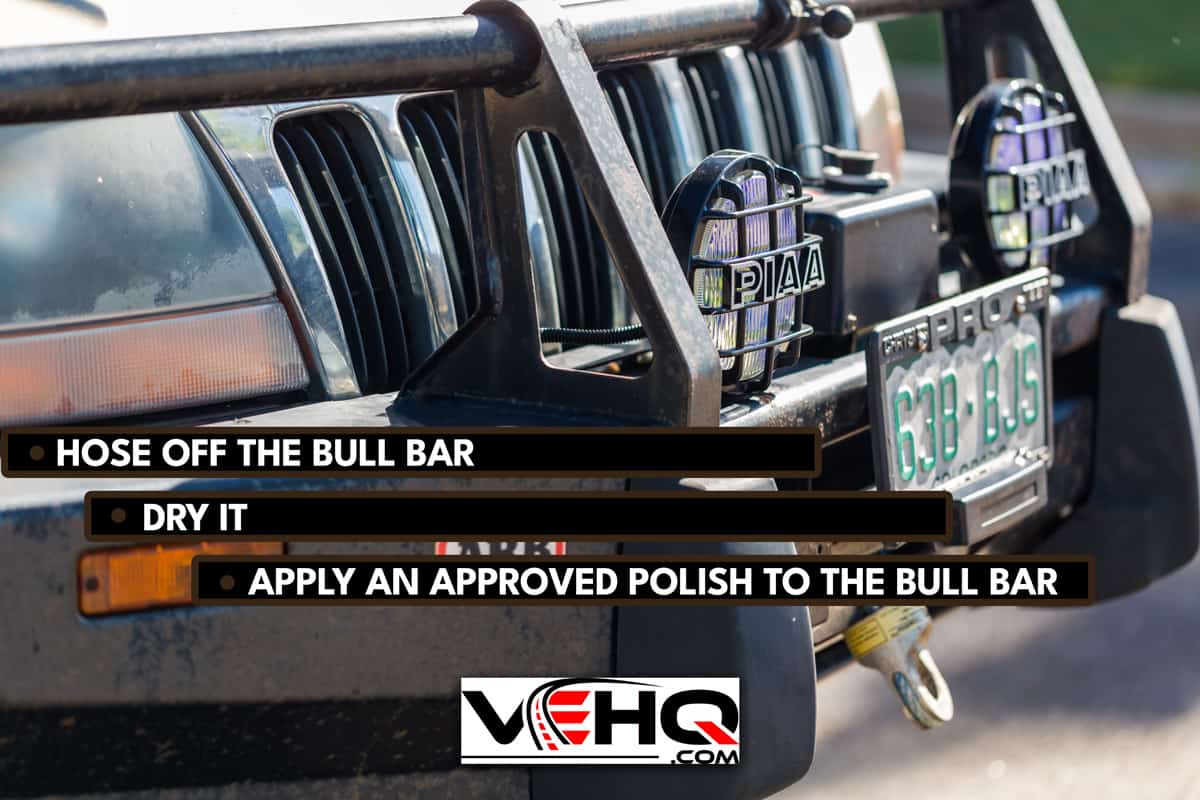
Cleaning And Polishing An Aluminum Alloy Bull Bar, Step By Step
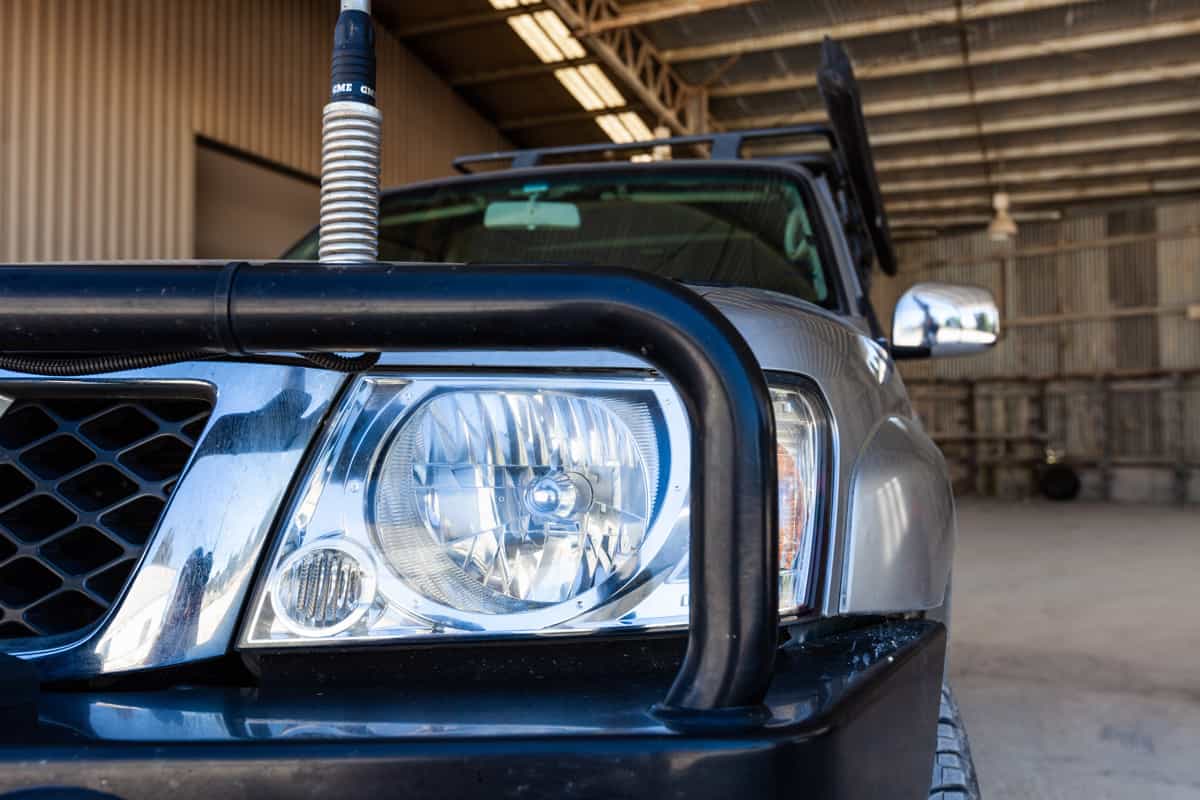
Making your bull bar shine will not take very long and requires a surprisingly minimal amount of effort. For the best results, you'll need to get a microfiber cloth, a soft hand towel, and an approved aluminum alloy polish. Once you have these items ready, you'll be able to begin.
1. Hose Off The Bull Bar
You will not want to polish the bull bar when it is dirty. We recommend polishing the bull bar after you have completed washing your vehicle. But if you aren't wanting to do an all-over washing, it's okay to just focus on the bull bar itself. You will just need to make sure it's clean before you apply the polish.
Hosing it off with a garden hose and spray nozzle will work fine. If it's muddy, make sure every bit of mud and grime is removed.
You'll want to be particularly certain that anything abrasive has been hosed off. Rubbing grit along the bull bar, like bits of rock and sand, will scratch it. Over time, these scratches will appear unsightly.
2. Dry It
You do not want to apply the polish to a wet surface. Using your hand towel, dry the bull bar from top to bottom. Use two towels, if necessary. Be sure that there are no traces of moisture left on the bull bar before you go to the next step.
You can also let the bull bar air dry. But if you choose this method, it's a great idea to run a clean towel over every bit of its surface before you apply the polish, just in case.
3. Apply An Approved Polish To The Bull Bar
To give the aluminum alloy bull bar a great shine, you'll need the microfiber cloth and an approved polish. Carefully apply the polish to one side of the microfiber cloth. Then, gently rub the polish all over the bull bar.
You should notice a black coating appearing on the cloth as you polish the bull bar. This indicates that there is a protective coating on the aluminum, and this is the result that you want. If you do not have this black coating appear, then you should stop immediately, as this bull bar will be damaged by polish.
Are Bull Bars Worth It?
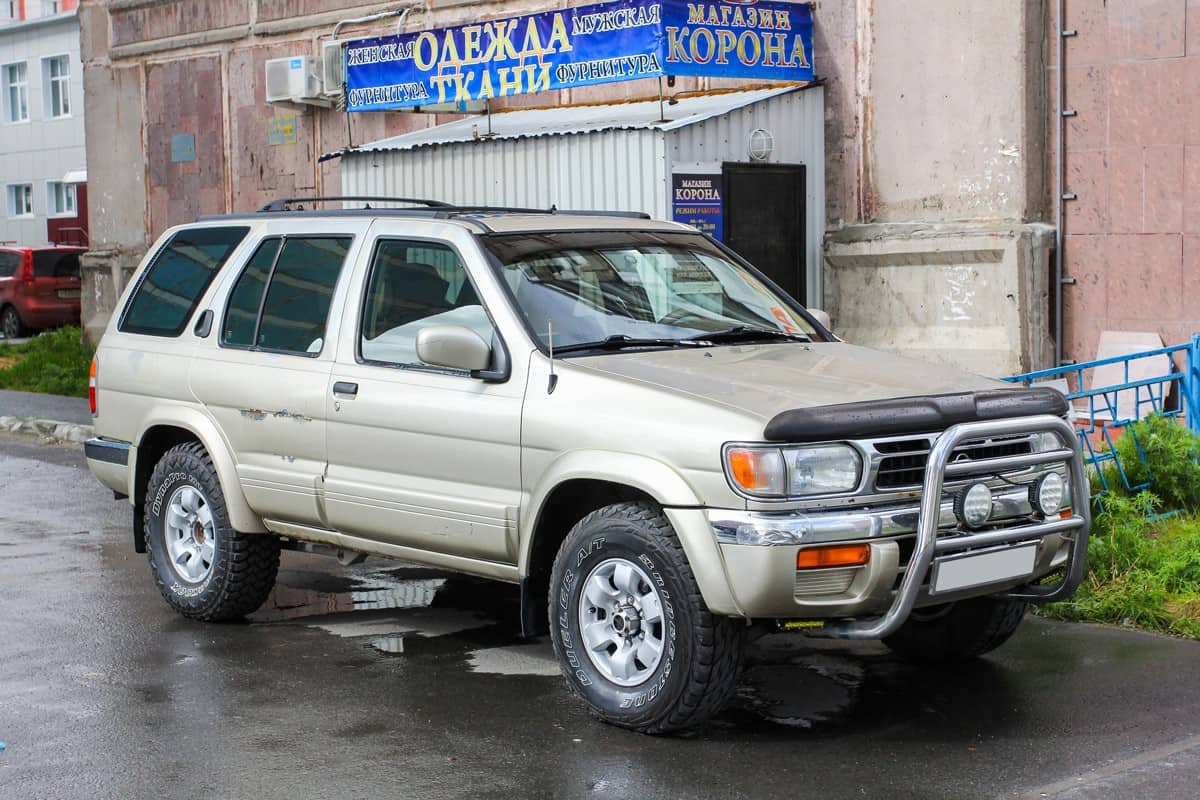
Bull bars can make a vehicle look more rugged and even menacing. If this is the aesthetic you are wanting to achieve, then you will probably feel like the small investment in a bull bar is worth it. But bull bars are marketed to have a very practical purpose that may or may not be worth it to you.
Bull bars are meant to protect the vehicle from minor collisions. If you are off road, this accessory will bump smaller animals and tree limbs away from the grille of your truck. This will save you from getting minor dents and scratches on the body of your vehicle.
But bull bars will not be very effective at saving your truck from damage when it hits a larger animal at high speeds. Don't expect the bull bar to fully protect your truck if it hits a deer on the highway at 70 miles per hour; their purpose is to keep damage at a minimum at lower speeds only.
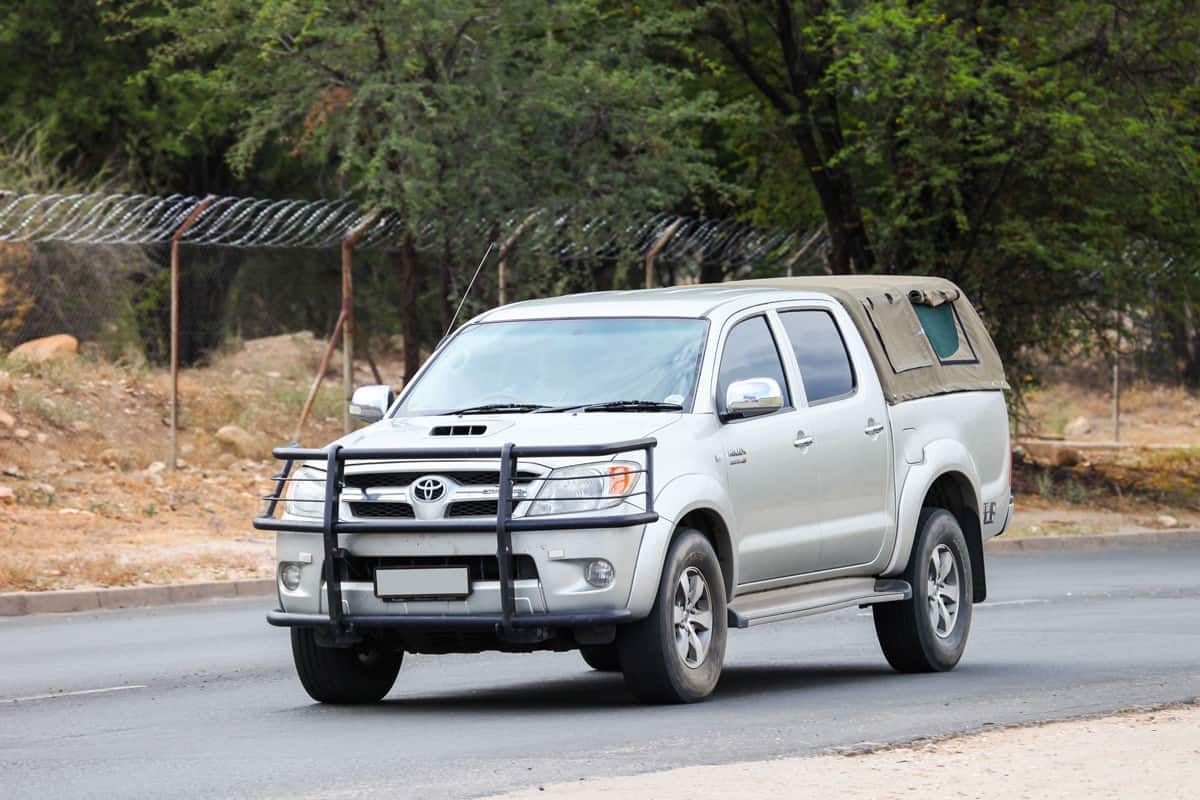
Are Bull Bars Legal In Every State?
As of this writing, bull bars are legal in every U.S. state. While some minor talks are being had in some locations about restricting the type of bull bar that can be added to a vehicle, there is no pending legislation that would inhibit their use in any way.
While bull bars are quite effective in saving a vehicle from damage, they are equally lethal to any pedestrian that is struck by them.
Steel bull bars are strong and will not crumble or bend easily upon impact. So, if a bull bar-equipped vehicle strikes a person, it propels the person with more force, sending them farther and faster.
For this reason, the EU banned full-sized bull bars several years ago. Smaller aluminum ones are still legal, as this material will crumple upon impact, causing less damage to what it collides with.
What Materials Are Bull Bars Made From?
Bull bars are constructed from two different materials. In the United States and Australia, these accessories tout advantages and disadvantages for both material types. Which one is best for you will depend on your needs and what you are trying to accomplish with a bull bar.
The bull bar can be made from steel or an aluminum alloy. Let's look at each type of bull bar so that you can decide which one is for you.
Steel Bull Bars
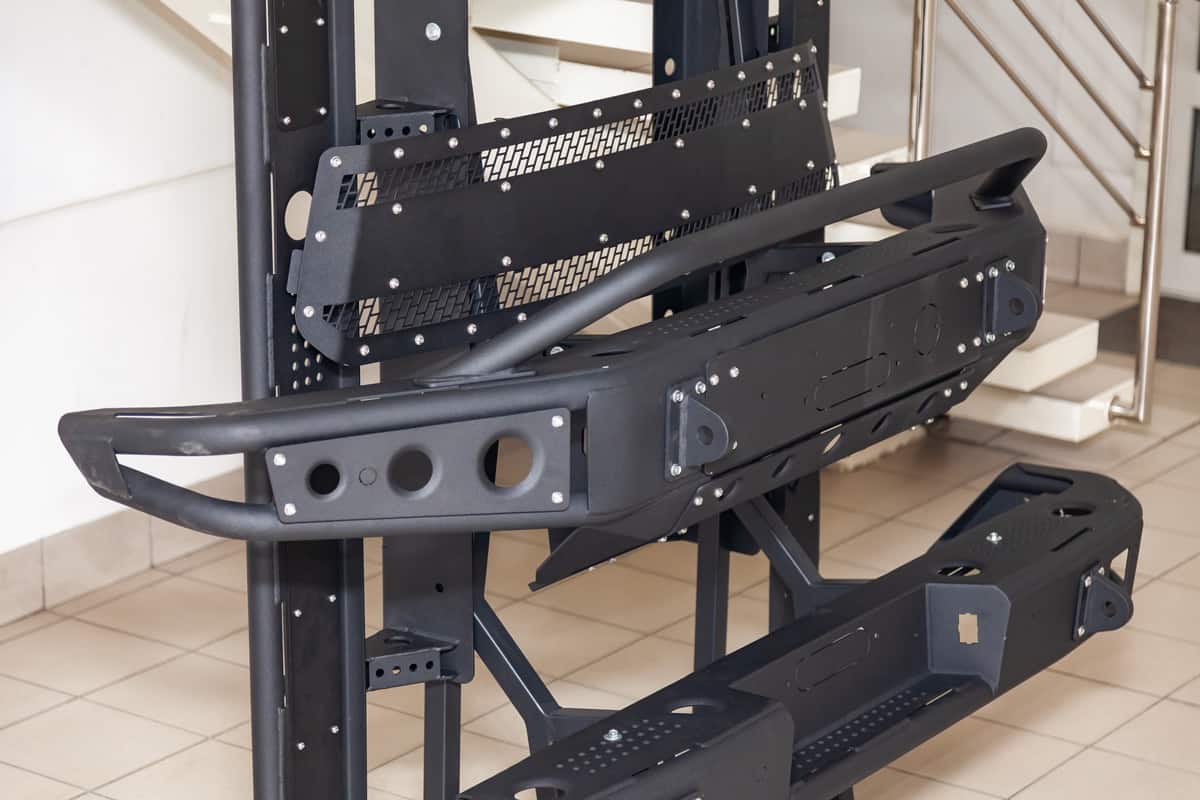
Steel bull bars are heavy-duty accessories meant to give your vehicle the most protection. Those who are avid off-road drivers find a lot of use in bull bars made from this material. Larger objects will be bounced off the bull bar, saving the vehicle's body and radiator from any collision damage.
Steel bull bars will impact the fuel economy, however. The added weight means you will need to punch the accelerator more, reducing fuel economy. These bull bars are also more expensive, and the labor is more to install them.
A steel bull bar is also illegal in the European Union.
Aluminum Alloy Bull Bars
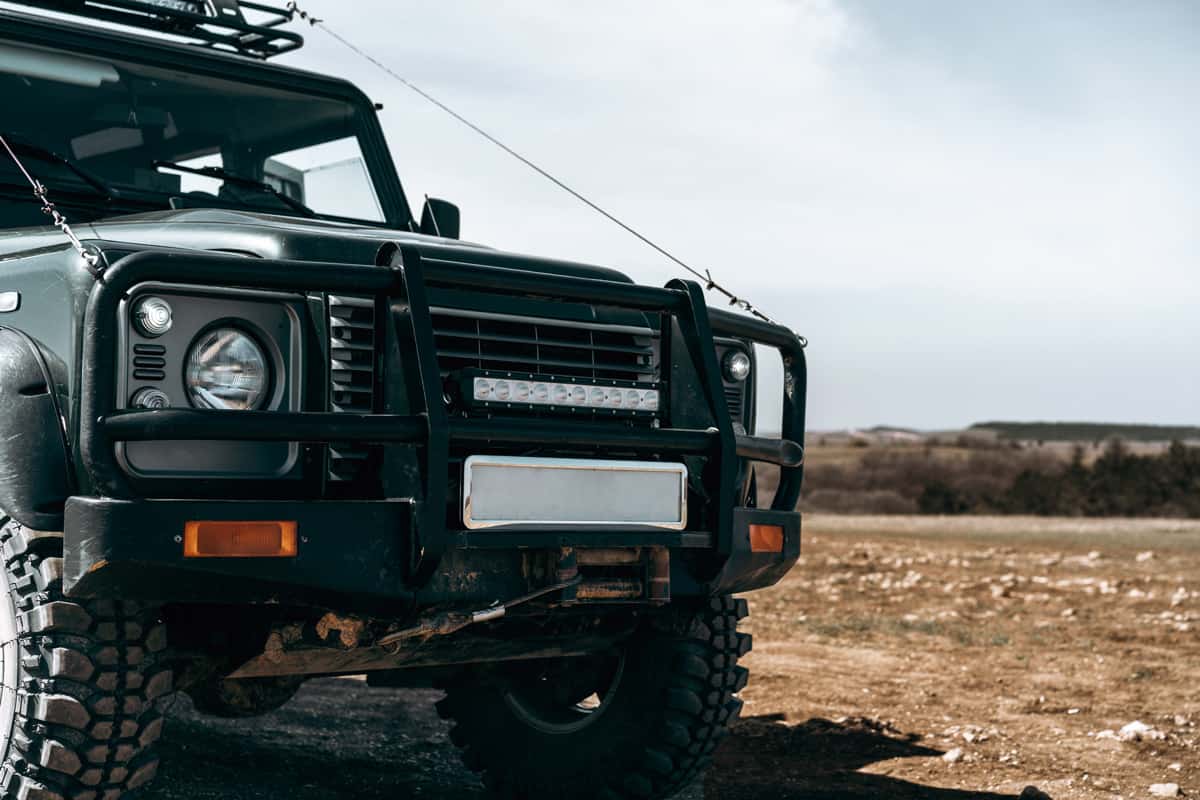
The lighter-weight aluminum bull bars are just as aesthetically appealing as their steel counterparts. They will not be a drag on your vehicle's fuel economy, and they will still offer some protection from a collision.
They are not nearly as strong as steel bull bars and will crumple on impact much more easily. This means you might need to replace this type of bull bar more often.
Final Thoughts
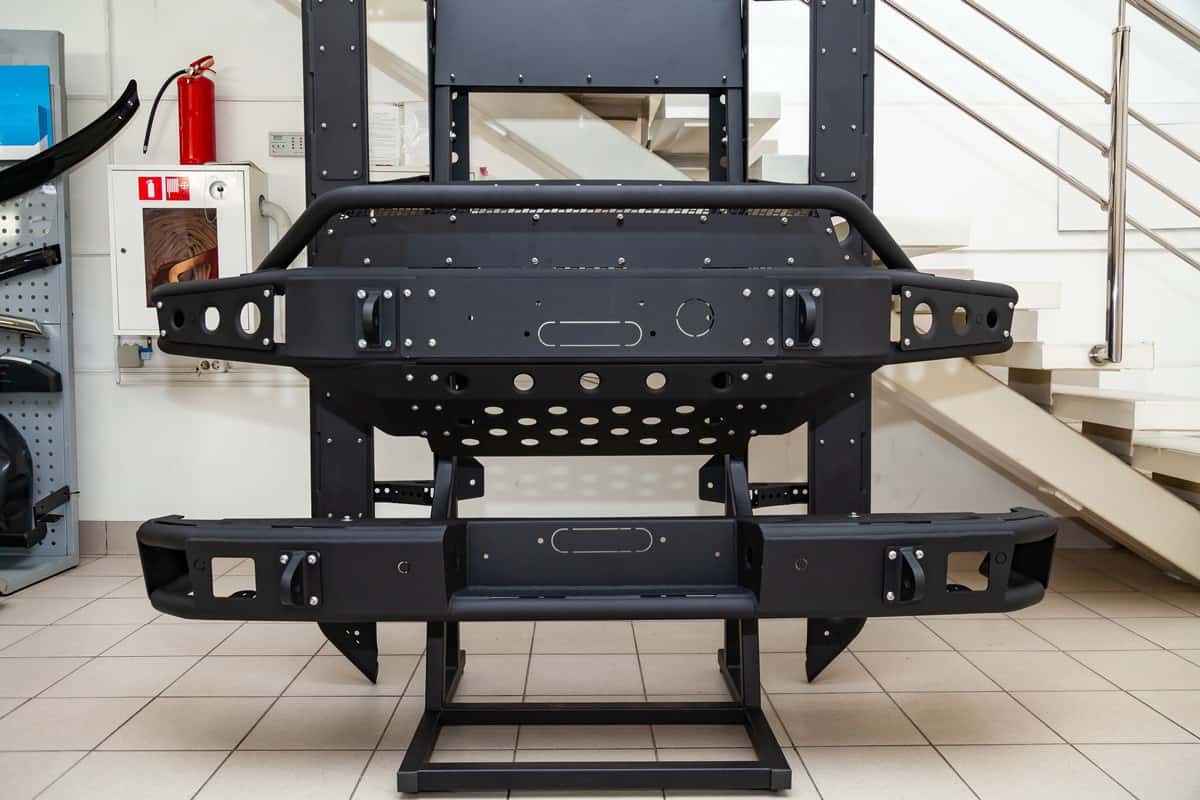
An aluminum alloy bull bar is relatively quick and easy to clean and polish, allowing you to make it look like new in no time.
These accessories are great for those who off-road, as they offer vehicles some front end protection from collisions with animals, limbs, and brushes. There are advantages and disadvantages to each type of bull bar material, leaving you to choose the one that best suits your needs and budget. Drive safe!
We hope this post on aluminum bull bars answered all of your questions. For additional helpful information, we suggest reading the following posts:
13+ Pickup Truck Customization Ideas (Some Will Blow Your Socks Off!)
